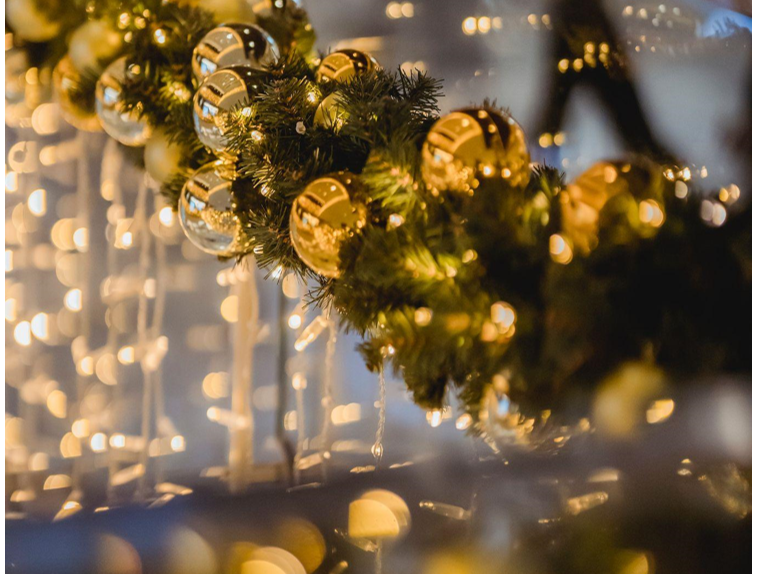The Advancements in Technology That Are Making Artificial Christmas Trees More Realistic
Have you ever walked into a store and seen an artificial Christmas tree that looked almost real? You may have even been fooled into thinking it was a real tree. Technological advancements have made artificial Christmas trees more realistic than ever.
One form of technology that has revolutionized the industry is called Polyethylene, or PE for short.
PE is a form of plastic molded into branch tips with the texture and look of a natural tree branch. As a result, PE trees not only look more realistic, but they also feel more authentic when you touch them.
Another technology that has improved the quality of artificial trees is lighting systems. The first artificial Christmas trees were often strung with lights prone to burnouts. Newer artificial trees feature LED lighting systems that are energy-efficient, long-lasting, and offer an option for changing colors and effects.
There is no need to fret for individuals who prefer the traditional look of a tree with certain imperfections. Newer artificial trees are also designed to have branch structure, size, and shape variations to match the uniqueness of natural trees.
The Benefits of Choosing an Artificial Christmas Tree
With the evolution of artificial Christmas trees and their many advantages, it is unsurprising that more people are opting for them as an alternative to real trees. Here are some benefits of choosing an artificial Christmas tree:
Saves Money: While an artificial Christmas tree can be more expensive upfront than a real tree, it is a one-time investment that can save you money over time. In addition, an artificial tree can last for years with proper care, meaning you’ll get your money’s worth.
Low Maintenance: An artificial tree requires minimal maintenance. They don’t drop needles, so there is no need to worry about sweeping up after them. They also don’t require watering to keep them alive, nor do you need to worry about finding a place to dispose of them after the holidays.
More Sustainable: Real trees may be biodegradable, but environmental impacts are still associated with their production and transport. Artificial trees, however, can be reused year after year, reducing the overall impact on the environment.
Great for Allergies: Artificial trees are an excellent option for individuals who suffer from allergies as they don’t produce pollen or other allergens that can irritate sensitive people.
Safe for Pets: Real Christmas trees can be dangerous for pets who may chew on the needles or drink from the water bowl. Artificial trees eliminate these risks.
In Conclusion
The artificial Christmas tree industry has come a long way since its early days. Today’s consumers have access to a range of realistic and customizable options. With artificial trees’ advantages, it’s understandable why more people opt for them as their holiday centerpiece. So, whether you prefer the look of a real tree or the convenience of an artificial one, there is no denying that technology has revolutionized how we decorate for the holidays.
